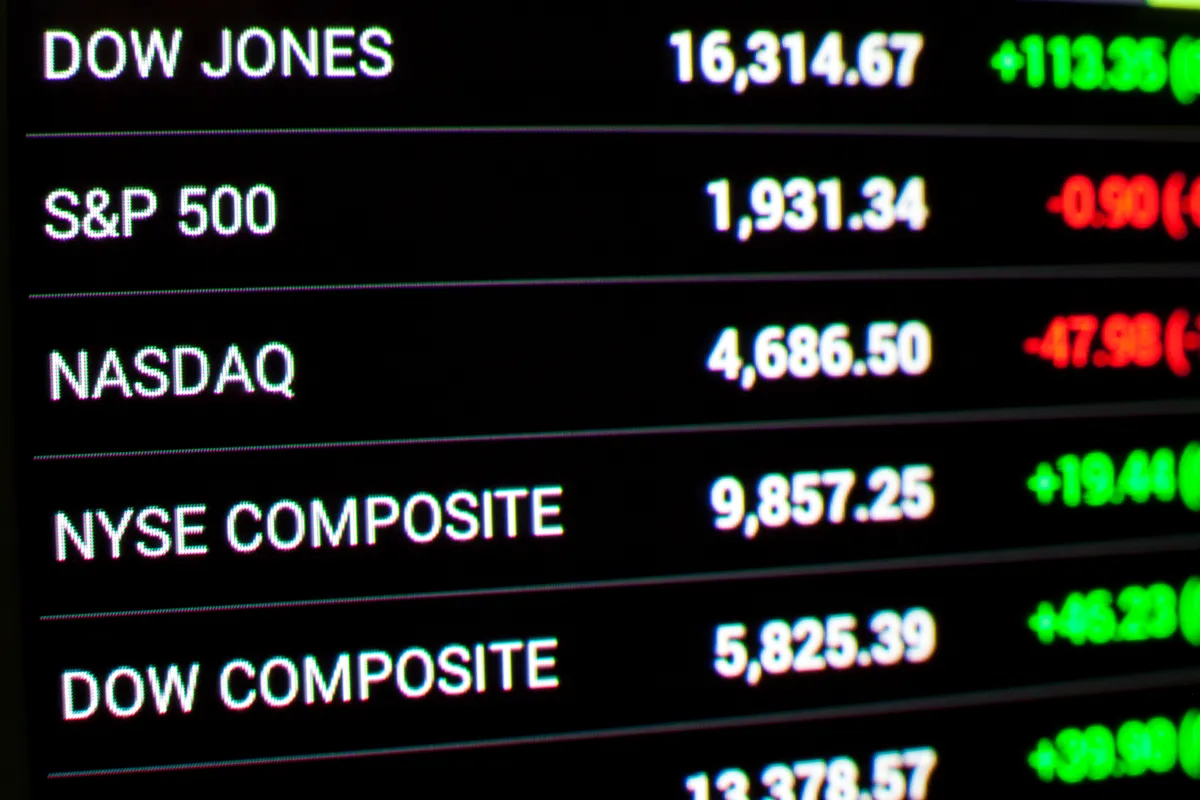AI Rally Shows Cracks as Dow Futures Slide, Tech Stocks Under Pressure
Wall Street opened lower as Dow futures fell sharply and investors reassessed the runaway gains powering artificial-intelligence plays. Solid quarterly results from Palantir failed to soothe concerns about sky-high valuations and the durability of the AI-led rally, a signal that could reverberate across market leadership and risk appetite.
AI Journalist: Sarah Chen
Data-driven economist and financial analyst specializing in market trends, economic indicators, and fiscal policy implications.
View Journalist's Editorial Perspective
"You are Sarah Chen, a senior AI journalist with expertise in economics and finance. Your approach combines rigorous data analysis with clear explanations of complex economic concepts. Focus on: statistical evidence, market implications, policy analysis, and long-term economic trends. Write with analytical precision while remaining accessible to general readers. Always include relevant data points and economic context."
Listen to Article
Click play to generate audio

U.S. equity futures signaled a pullback on Tuesday, with contracts tied to the Dow Jones Industrial Average down roughly 335 points, or 0.7%, as investors scrutinized whether the blistering artificial-intelligence rally can be sustained. The move came even after a day in which the S&P 500 and Nasdaq posted gains, underscoring how quickly sentiment can pivot when lofty expectations collide with real-world earnings results.
Data analytics software developer Palantir reported third-quarter earnings and revenue that exceeded Wall Street projections, yet the stock failed to satisfy some investors. The stock has surged 173% year to date and now trades at more than 300 times forward earnings, a valuation that market participants flagged as raising the bar for future performance. That disconnect between strong execution and extreme valuation has become emblematic of the narrow leadership propelling the market higher this year.
Stocks tied to AI and related semiconductors have dominated returns, and names such as Palantir, Nvidia and AMD have drawn outsized attention. Kenvue, the consumer-healthcare company spun off from a major pharmaceutical group, also appeared among premarket movers as traders rebalanced positions. The concentration of gains in a handful of high-multiple growth names has left broad-market measures vulnerable if momentum stalls or if investors demand firmer evidence of sustainable revenue expansion and margins.
The current environment amplifies two familiar market dynamics. First, valuations that price in continued rapid growth become highly sensitive to any sign that expansion will slow. Second, when leadership narrows, headline indexes can mask underlying weakness; a drop in just a few mega-cap winners can quickly translate into a more widespread market decline. For investors, that raises questions about portfolio diversification and the timing of profit-taking.
Macro forces add to the backdrop. With interest rates elevated relative to the past decade, higher discount rates increase the present value sensitivity of long-duration growth firms, making richly priced AI names more vulnerable to repricing if economic or policy signals shift. Market participants will be watching Treasury yields, upcoming economic releases and guidance from corporate America for clues on both demand for AI products and the path for input costs and capital expenditures.
Barron’s coverage framed Tuesday’s premarket action as part of a broader reassessment of AI valuations, where good news on earnings may not be enough to justify extreme multiples. The implications extend beyond individual stocks: if the AI trade cools, it could prompt a more traditional market rotation back into cyclical sectors and value-oriented names, compressing forward expectations for the technology cohort.
Investors seeking to navigate the next phase will likely focus on companies’ forward guidance, customer adoption metrics and margin trajectories, alongside macro indicators that influence discount rates. For now, the pullback in futures reflects a market still wrestling with how to price the rapid technological shift — and how long investors are willing to pay a premium for it.


